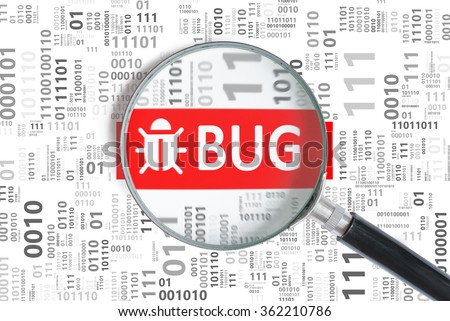Cost analysis based approach
This approach is based on the assumption that measuring the cost of missing quality to calculate its impact and the resulting damage of missing that quality requirement. According to Eppler and Helfert principles cost are classified into two categories: Direct Cost and Indirect Cost.Direct Cost
Direct cost is the cost that is visible, tangible and directly observable for example physical injury, financial loss, loss of people.Indirect Cost
Indirect cost is the cost that is not observable easily and can impact on the long run such cost is difficult to measure because it's remain hidden for a long time for example loss of market share, loss of potential customer, loss of reputation in the market.Impact analysis based approach
As mentioned above missing quality attribute in a software solution can impact both the customer and suppliers, in the worst case scenario people may exposed to the extent of death so impact analysis approach is based on the fact that one must perform the following.Root cause analysis>> Identify problems >> Fix it >> keep going so that the corrective action is taken at the right time because once a failure occurs it would be difficult to circumvent with it.
Risk analysis based approach
Risk analysis based approach is also essential in determining cost of missing quality because in some cases the the time and place of missing quality event's is not easily determinable, in such scenario a method that is suited best is risk analysis, risk analysis approach is based on the fact of determining the probability of the risk that may occur and its potential loss a simple equation is derived in this approach which is below.Risk Exposure = Probability of Risk * Potential Loss
the probability of risk and its impact is strongly related with the level of criticality of the software solution under observation following are the level of risk.
Level of Risk
The IEEE Standard for Software Verification and Validation has published the most broadly known scale of criticality in the IT domain. The standardized IT system criticality levels are as follows:Level A: Catastrophic
- Continuous usage (24 hours per day)
- Irreversible environmental damages
- Loss of human lives o Disastrous economic or social impact
Level B: Critical
- Continuous usage (version change interruptions)
- Environmental damages
- Serious threats to human lives
- Permanent injury or severe illness
- Important economic or social impact.
Level C: Marginal
- Continuous usage with fix interruption periods
- Property damages o Minor injury or illness
- Significant economic or social impact.
- Time-to-time usage
- Low property damages
- No risks on human lives
- Negligible economic or social impact.


No comments:
Post a Comment